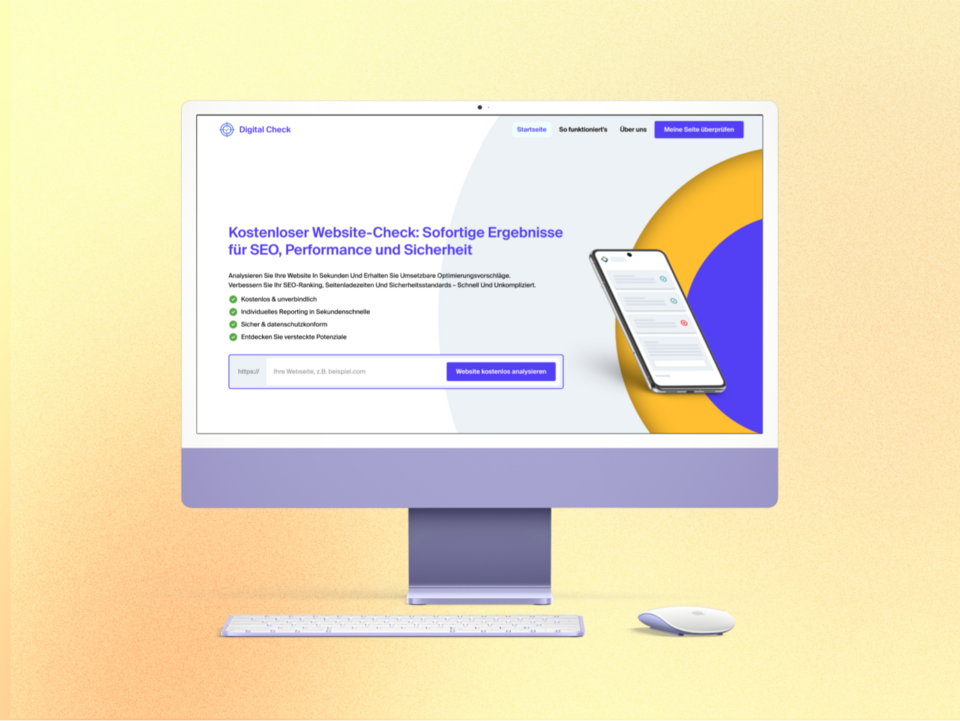Tailwind
Simplicity and power of Tailwind CSS
Tailwind CSS is a popular and powerful CSS framework that helps developers and designers build user interfaces faster and more efficiently. With its focus on utility-first design, Tailwind CSS provides a wide range of pre-designed classes that can be easily combined to create custom user interfaces.
One of the key benefits of Tailwind CSS is its simplicity. Its flat learning curve and intuitive design make it easy for developers of all skill levels to get up and running quickly. In addition, Tailwind CSS is highly customizable, allowing developers to tailor it to their specific needs and design preferences.
Whether you're a small startup or a large enterprise, Tailwind CSS can help you streamline your web design process and build beautiful, functional user interfaces. Its versatility and power make it an ideal choice for businesses of all sizes.

Pro
- Simplicity: Tailwind CSS is easy to learn and use, making it a good choice for developers of all skill levels.
- Customization: Tailwind CSS is highly customizable, allowing developers to tailor it to their specific design preferences.
- Utility-first design: Tailwind CSS's focus on providing pre-designed classes for common design patterns makes it easy to build user interfaces quickly.
- Performance: Tailwind CSS is designed to be lightweight and fast, which can help improve the performance of your web applications. Cons.
Cons
- No default styles: Tailwind CSS does not include default styles for common elements like buttons and form inputs, which means that developers must specify styles for these elements manually.
- Verbosity in HTML: The use of multiple classes for each design element can result in verbose HTML code.
- Learning curve: While Tailwind CSS is generally easy to learn, the utility-first approach can be somewhat of a learning curve for those who are used to traditional CSS frameworks.



